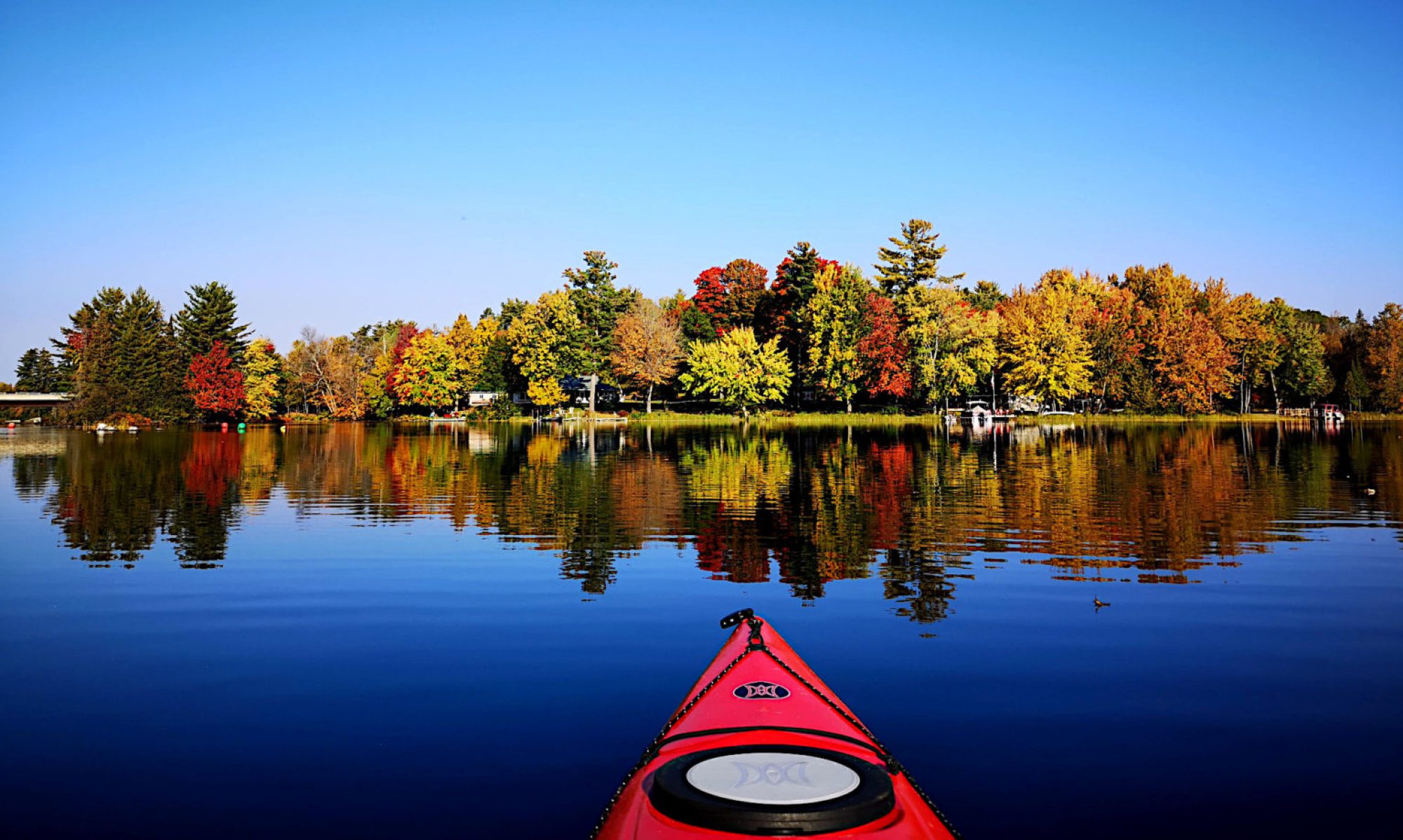In case you’ve been living under a rock for the past few months, the game of the moment is Wordle — an incredibly simple game that Josh Wardle designed for his partner as a harmless amusement. It has since taken off, and I think it’s for much the same reason that everyone started making sourdough bread during the first COVID lockdown — namely, boredom and a desire to escape. If people aren’t doing Wordle, then they are probably knitting or making pottery, or they’re watching all the original Star Trek series episodes in order.
In that vein, I think one of the things that is fascinating to me about Wordle is how different it is from almost everything else around it — and not just games, but media in general. In fact, it’s the opposite of almost everything that falls into that broad category, in almost every way (with one important exception). As I said, it is incredible simple — you get six chances to guess a five-letter word. That’s it. And there’s only one game per day. And it doesn’t cost anything, and there are no ads, and it’s not an app, and you can’t buy new guesses, and it doesn’t spy on your attempts and then try to sell you things.










